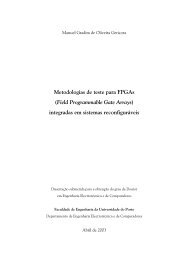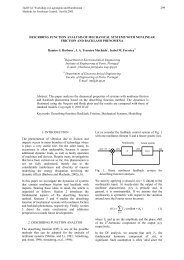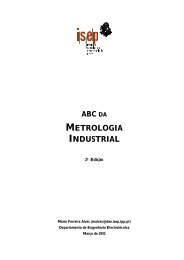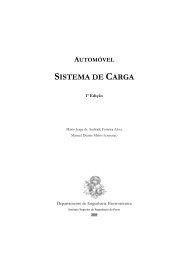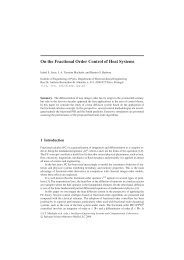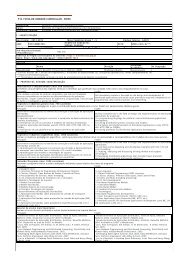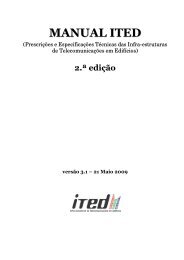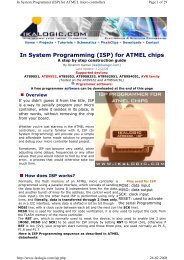AUTOMOTIVE ELECTRICAL CIRCUITS AND WIRING
AUTOMOTIVE ELECTRICAL CIRCUITS AND WIRING
AUTOMOTIVE ELECTRICAL CIRCUITS AND WIRING
Create successful ePaper yourself
Turn your PDF publications into a flip-book with our unique Google optimized e-Paper software.
Figure 2-6.- Battery leakage test.<br />
Figure 2-7.- Battery terminal test.<br />
If the voltmeter reading is .5 volts or above, there is high resistance at the battery cable<br />
connection. This indicates that the battery connections need to be cleaned. A good,<br />
clean battery will have less than a .5 volt drop.<br />
BATTERY VOLTAGE TEST.- The battery voltage test is done by measuring total<br />
battery voltage with an accurate voltmeter or a special battery tester (fig. 2-8). This test<br />
determines the general state of charge and battery condition quickly.<br />
The battery voltage test is used on maintenance-free batteries because these batteries<br />
do not have caps that can be removed for testing with a hydrometer. To perform this<br />
test, connect the voltmeter or battery tester across the battery terminals. Turn on the<br />
vehicle headlights or heater blower to provide a light load. Now read the meter or<br />
tester. A well-charged battery should have over 12 volts. If the meter reads<br />
approximately 11.5 volts, the battery is not charged adequately, or it may be defective.<br />
<strong>AUTOMOTIVE</strong> <strong>ELECTRICAL</strong> <strong>CIRCUITS</strong> <strong>AND</strong> <strong>WIRING</strong> 17/ 101



